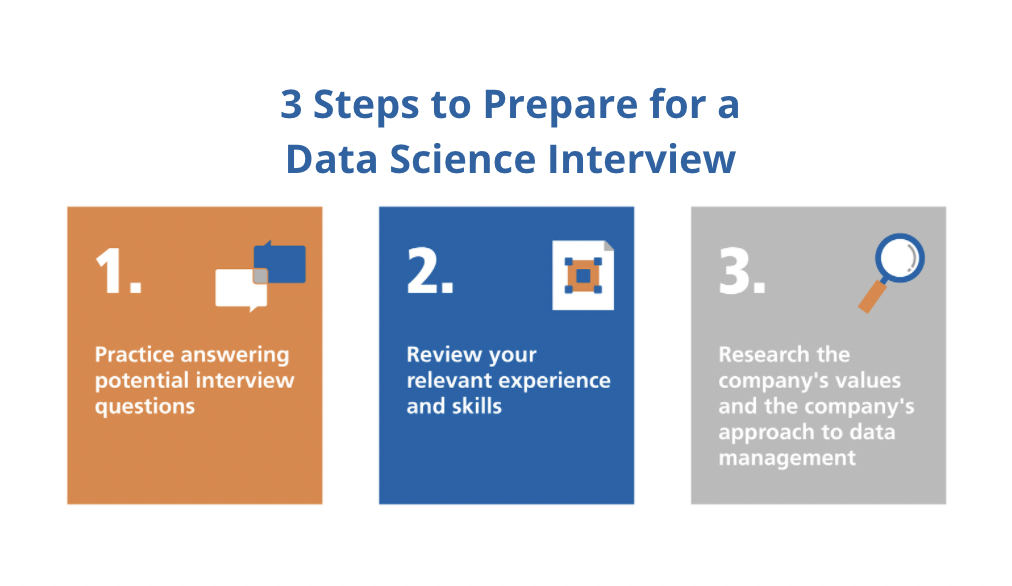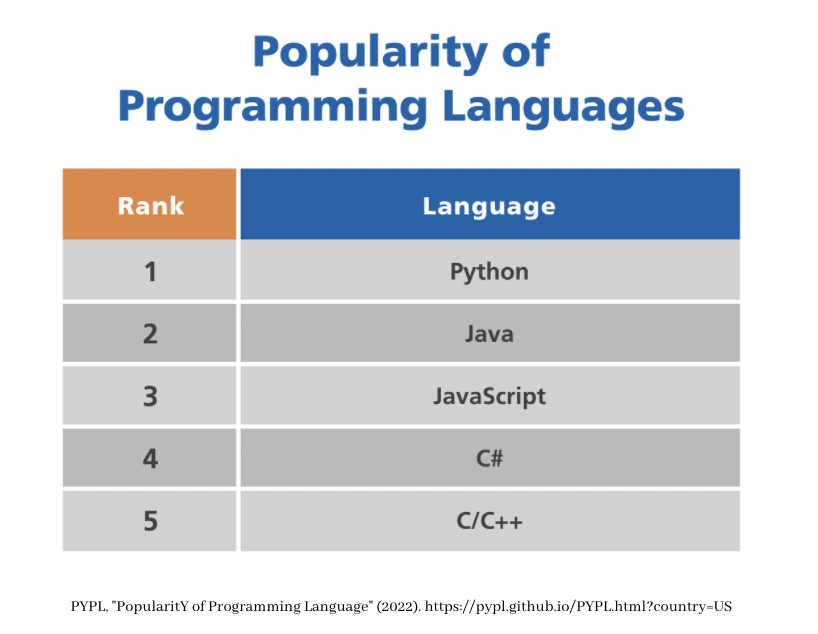Data science is a career path with tremendous potential for upward movement and job growth, and it is considered to be one of the best jobs in the United States. As more businesses expand into big data, machine learning, and artificial intelligence, the market for data scientists will only continue to grow. If you are thinking about how to become a data scientist, you may want more information about how you can prepare for a data science interview.
During a data science interview, you’ll be asked questions that assess your knowledge of the field, understanding of key concepts, and vision of how your role is uniquely useful. Below, we’ll cover common questions and answers to help you prepare for your next job interview and launch your career as a data scientist.

 Live Chat
Live Chat


